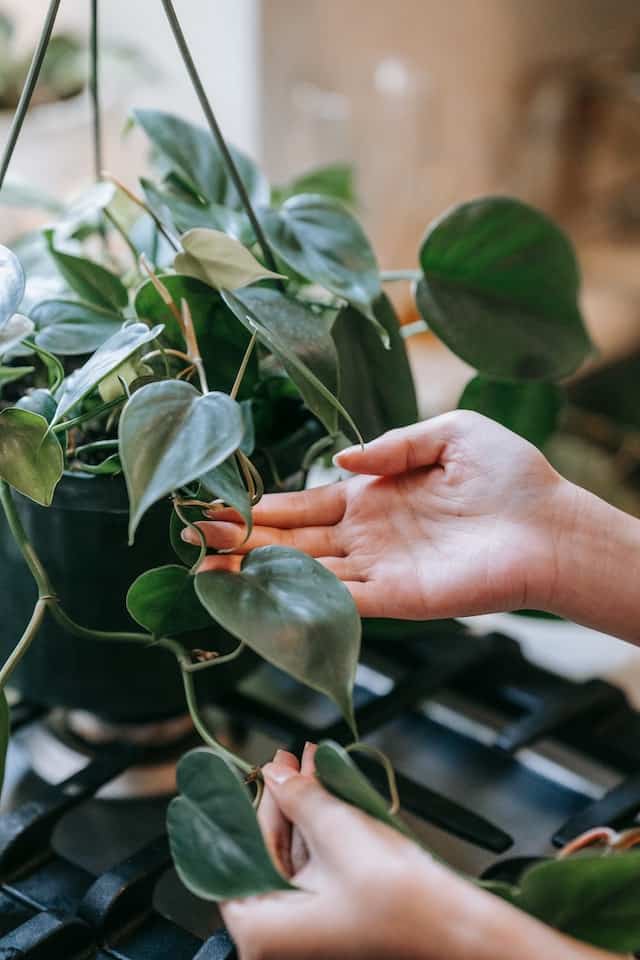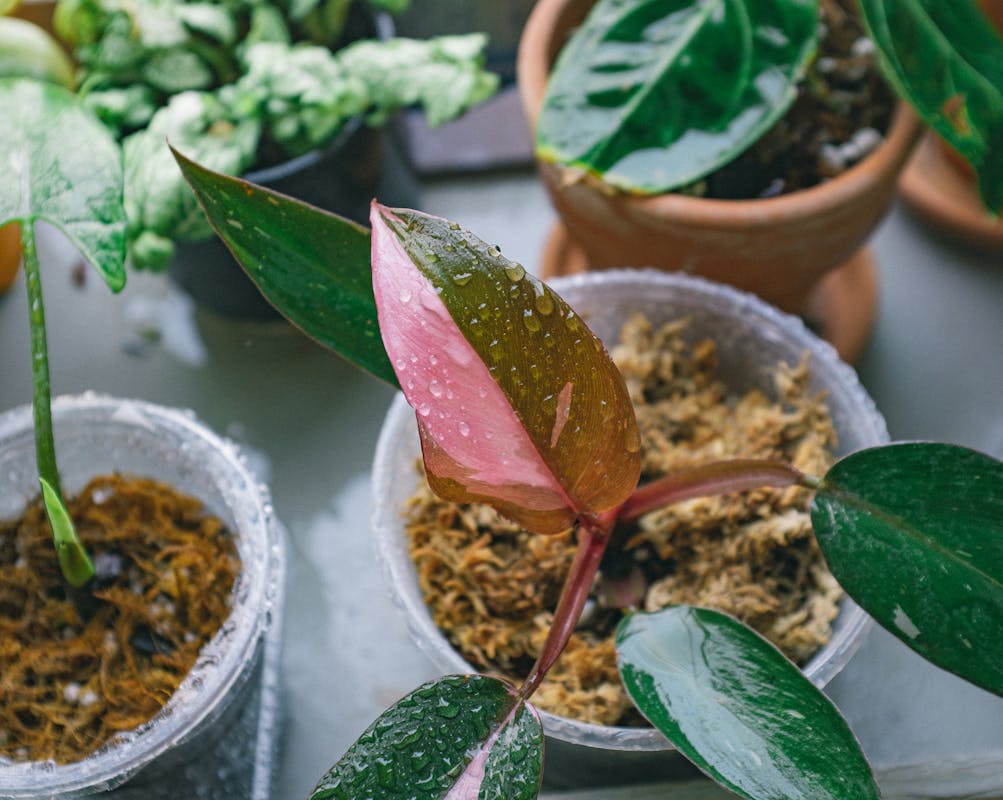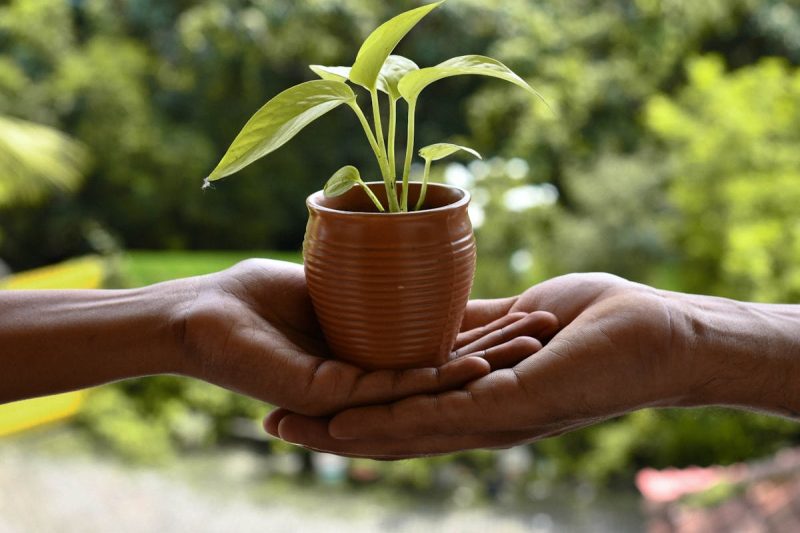In this guide, you’ll learn everything you need to know about propagating philodendron successfully, from methods to tips for ensuring healthy growth.
Why Propagate Philodendron?
Before getting into the specifics of propagation, it’s helpful to understand why you might want to propagate your philodendron. Here are a few reasons:
Cost-Effective: Propagating your existing plants can save you money in the long run. Instead of buying new plants, you can easily create duplicates.
Healthy Growth: Regular propagation can encourage your philodendron to grow more vigorously, as removing cuttings can stimulate new growth.
Plant Collection: If you love collecting different varieties of philodendron, propagation is the perfect way to expand your collection.
Gifting: Sharing cuttings with friends or family is a thoughtful way to introduce them to the joys of houseplant care.
Types of Philodendron

There are numerous varieties of philodendron, each with its unique shape and color. Some popular varieties include:
Philodendron Brasil: Known for its striking green and yellow variegated leaves.
Philodendron Pink Princess: Famous for its dark green leaves splashed with vibrant pink.
Philodendron Micans: Recognized for its velvety leaves that come in a deep green color with a hint of burgundy.
Understanding the variety you have can help when propagating, as some types may respond better to different methods.
Methods of Propagation
There are primarily two methods for propagating philodendron: water propagation and soil propagation. Both methods are straightforward, but the approach you choose might depend on your preference or the environment you have set up.
1. Water Propagation
What You Need:
Clean scissors or a sharp knife
A glass or jar filled with water
Optional: A rooting hormone (although not necessary)
Steps:
Select a Healthy Stem: Choose a non-flowering stem that has several healthy leaves. Ideally, it should be 4-6 inches long.
Make the Cut: Using clean scissors, cut below a node (the small bumps on the stem) where new roots will develop. Aim to have at least one node and one leaf per cutting.
Prepare the Water: Place the cutting in a glass of water, ensuring that the node is submerged while the leaf remains above the waterline.
Choose a Location: Keep your cutting in a warm, bright area, but not in direct sunlight. Change the water every few days to keep it fresh.
Watch for Roots: In 1-4 weeks, you should see roots start to develop. Once they are around 2-3 inches long, your cutting is ready to be potted.
Transplant: Move the rooted cutting into soil suitable for potting. Be sure to keep the soil moist but not soggy.
2. Soil Propagation
What You Need:
Clean scissors or a knife
Potting soil
Small pots or containers
Steps:
Select Your Cutting: Similar to water propagation, choose a healthy stem that has several leaves and is about 4-6 inches long.
Make the Cut: Cut below a node, ensuring you take at least one node and one leaf.
Prepare the Soil: Fill a small pot with a well-draining potting mix. You can use a mixture of potting soil and perlite or orchid bark for better drainage.
Plant the Cutting: Insert the cutting into the soil, ensuring the node is buried beneath the soil.
Water It: Give your cutting a gentle watering to moisten the soil.
Cover: To maintain humidity, you may want to cover the pot with a plastic bag or a glass dome. Be sure to open it occasionally to prevent mold.
Location: Place the pot in a warm environment with indirect sunlight.
Watch for Growth: In a few weeks, you should notice new growth if the propagation is successful.
Care After Propagation

Once your philodendron cuttings are established, proper care will ensure they thrive:
Light: Philodendrons prefer bright, indirect sunlight. Too much direct sunlight can scorch their leaves, while too little can hinder growth.
Water: Water when the top inch of soil feels dry. Overwatering can lead to root rot, so make sure the potting mix drains well. If you notice yellowing leaves, it may be a sign of overwatering.
Humidity: Philodendrons thrive in a humid environment. If your home is dry, consider misting the leaves regularly or using a humidity tray beneath the pot to increase moisture levels.
Fertilization: Once your cuttings are well established, you can start fertilizing them every 4-6 weeks during the growing season (spring and summer). Use a balanced, water-soluble fertilizer diluted to half strength.
Pruning: As your plants grow, they may require some pruning to maintain their shape and encourage bushier growth. Regularly trim dead or yellowing leaves to promote overall health.
Common Issues with Philodendron Propagation

While propagating philodendron is generally straightforward, there can be a few issues you may encounter along the way. Here are some common problems and their solutions:
1. No Root Development
If your cuttings aren’t developing roots after a few weeks, ensure they are being kept in the right conditions:
Check that the water hasn’t depleted; change it regularly in water propagation.
Ensure they have proper lighting—too little light can hinder root development.
If using soil propagation, ensure the soil is not compacted and that it is kept slightly moist.
2. Yellowing Leaves
Yellow leaves can indicate various issues, including overwatering or underwatering. Adjust your watering routine based on the plant’s needs, considering factors like temperature and humidity.
3. Mold or Fungal Growth
This is especially common if the propagation area is too humid without adequate air circulation. Make sure to remove any decaying plant matter and provide some airflow. If using a plastic cover, ensure you ventilate it regularly.
Conclusion
Propagating philodendron is a rewarding process that can enhance your plant collection and make you a more confident plant parent. By following the right methods and providing the necessary care, you can easily create beautiful new plants from your existing ones.
Whether you opt for water or soil propagation, with a little patience, you will reap the benefits of lush greenery that brings life and vibrancy to your home. So gather your supplies, choose your favorite philodendron variety, and start your propagation journey today!
Feel free to leave any questions in the comments on Pinterest or share your own propagation stories.






